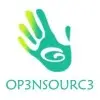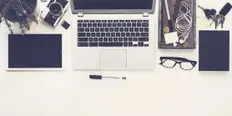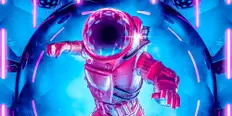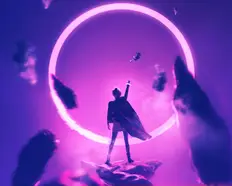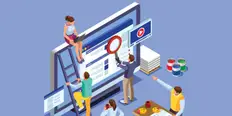Chat with Ava - Your AI Business Consultant
Hi I'm Ava, your AI guide to supercharging your business!
Whether you're already running a business or dreaming of starting one, I'm here to help turn your vision into reality using AI powered freelancers. Share your business goals, and together, we'll create a project that our talented freelancers can bid on. Let's make your vision a reality!
I have a business
I'm starting a business
Something went wrong while sending the conversation to your email. Please try again later.
You can only save your conversation once per hour. Please try again later.
Your conversation is too short. Keep chatting with Ava to enable saving.
The top 7 trends in 3D graphic design
3D graphic design is becoming ubiquitous as more designers learn the technique. Keep an eye out for these trends in 2019 and be sure to master them.
Apr 30, 2019 • 6 minute read
Updated on Aug 3, 2020 by Adam S.

Content Manager at Freelancer.com
Copy to clipboard failed, please try again after adjusting your permissions.
Copied to clipboard.

This is an exciting time for graphic design.
A rise in availability of tools that allow easier 3D rendering and effects is revolutionizing the way we’re working.
Advances in browser technology are allowing designers to include more interesting and realistic textural elements in their work.
All the advantages of 3D design are now available on a more regular basis.
3D techniques can be used to better inform - be it in an educational or more commercial application. A single three dimensional image can quickly convey a greater amount of visual information about a product or an object than a single 2D image can.
In 2019, the trend toward 3D graphics will continue to grow in line with the technology supporting it. Designers love more options. They also move quickly to adopt new technology and incorporate that into their work. Innovative software is no exception and in 2018, we saw an increasing use of 3D. More significantly perhaps, we saw more and more inventive ways to render logos, products and many other things in new and visually interesting forms.
#1: Characters and mascots
When we identify, we feel more comfortable. Brands everywhere are always seeking out new ways to keep potential customers engaged and keep existing customers coming back. The use of characters and mascots in marketing is by no means a new concept. Think Tony the Tiger or the Duracell Bunny. There are reasons you remember those characters and the way in which that can be enhanced by 3D is a growing trend in web design.
Featured Work in Graphic Design
Characters are an effective way to convey emotions, ideas and product uses to potential customers – quickly. An animated character solving a problem can transfer information faster than a hundred words. The effect is instant while offering the marketer an opportunity to make the experience a visually pleasing and entertaining one for the viewer. 3D just makes everything more realistic, believable and impressive.
Navigation, explanation or logistical information can all be made far more engaging and entertaining by placing a character in a situation the consumer identifies with. Expect to see the use of 3D characters and mascots continue in 2019.

#2: Isometric design
One of the problems with complicated 3D design is that using lots of it can slow down a website. People don’t like long loading times – we know this well. One of the coolest trends from 2018 that’s continuing to grow rapidly this year is isometric design.
This is basically 2.5D and offers a lot of what 3D brings to the arena while keeping file sizes smaller. Isometric is a great way to add depth to flat designs. It’s a way to convey more information without properly rendering 3D images and environments. An isometric map is a useful way of imparting much orientation without slowing down a site too much, for instance.
With Isometric, you’re using two design dimensions, but the user is seeing three. There are three planes in which to illustrate data and information about a landscape or a product. It’s the best of both worlds for many designers and brands and a sophisticated look when you don’t want to be flat.

#3: Animated 3D machines
This use of 3D computer generated animation can be an extremely useful tool - especially if the product you’re marketing is not very physical or a little on the mundane side. The limit of how super-cute or wonderous your own animated machine turns out to be is only limited by the imagination of your designer. These intricate designs can be contained and informative without ever claiming to represent a literal reality. This makes them massively entertaining, functional marketing tools.
There’s often somewhat of a retro charm about these animated representations of products too. Evoking nostalgia in some, while not compromising on conveying that the brand being represented is bang up to date. As with all digital marketing, catching and retaining attention can be two of the first and most important battles in winning over a potential customer. These animated machines, with their ability to attract and beguile, might just give a web page or a digital advertisement the edge.
#4: 3D Typography
One of the best things to ever happen to text has got to be the emergence of 3D typography effects. They’re a great resource all designers can turn to in order to make a word jump out off a page. Anything from skin to an orange can be brought to life with 3D typography.
Any texture that can be generated is up for grabs when it comes to creating 3D typography. All the latest textural and color trends can be incorporated. Designs sit well against emerging general trends in graphic design. Textural and colorful words do the talking while the rest of your site just gets on with looking beautiful.
Trendy custom fonts and even increasingly popular gradients can be applied to 3D typography to make beautiful, practical and eye-pleasing effects. This is a trend that will continue in 2019 and beyond.
#5: Mixed reality
Everyone wants graphics that ‘pop’ and augmented reality can really make that happen – literally, and in a mind blowing sense. These techniques are becoming more readily available to designers everywhere.
Users and viewers feel naturally inclined to explore these augmented landscapes and environments, making them a great way to engage. Teaching and training can benefit equally as well as marketing. Technology which enables mixed reality and the devices on which it can be experienced are both becoming more common.
It’s inevitable that advancing technology will play a deeper and more effective role in providing more immersive, memorable and meaningful experiences as time passes. Mixed reality promises to be a part of that future and is a trend that’s not destined to slow down any time soon.
#6: 3D Textural design
Incorporating human and natural forms, rich textural 3D elements are now possible to display on web browsers and devices everywhere. The possibilities are endless, and the compositions can be as abstract or as lifelike as a designer wishes.
An increasing number of websites are beginning to tap into the potential of 3D imagery and animation to engage users. Detailed and striking textural designs can be a means to set your own marketing concept apart from rivals and competitors.
Offering a whole new dimension in the way we present products isn’t just limited to having the option of a third dimension to work with. Arguably, that’s clearer nowhere else quite like it is with food products. For a look at what’s possible in the field of 3D textural design and overall chocoholic baiting crimes against waistlines, take a look at the work of Andre Caputo. Prepare for some stomach rumblingly good imagery and be warned - you may need a snack after clicking the link.

3D textural design isn’t limited to sundaes. Abstract forms of presentation can be employed to attract viewers and set real products in an interesting or stimulating 3D image. As an artform and a creative vehicle, the ability to render textural and lifelike or otherworldly objects in crystal clear clarity can be a powerful way to impress. Rich textural backdrops paired with large, clean and bold fonts can make for a stunning and eye-catching image. Pages like this convey a brand image, a feeling or a signal – strongly and memorably.
Freelance Graphic Design Experts
#7: Abstract, organic and asymmetrical shapes and forms
With the freedom that 3D ability gives to designers, we’re seeing more abstract and fluid compositions evolve in the space of web design. This is often pure digital riffing around a visual theme and creates some stunning imagery that can be a strong brand identifier in its own right.
The symmetry of grids and square corners gave way to a break out of natural and random, yet simple shapes in 2018. That’s carried through to 2019 and it’s likely that we’ll see more.
What’s big in 2019 may get better in 2020
As the current year progresses and we head toward 2020, 3D graphic design has the potential to be one of the next decade’s definitive design elements. The likelihood of increasingly widespread 3D is being enhanced by rapid progress in the fields of augmented and virtual reality, among other things. A digital design community which readily accepts and is so quick to implement new technology is seeing a real shift in how web pages look and work. When that technology is evolving so rapidly, the sky is the limit.
Related Stories
Talk to one of our Technical Co-Pilots to help with your project
Recommended Articles Just for You

Learn the complete end-to-end process of building a successful website for your business in our comprehensive guide
19 min read

Need to write content for your website? Follow our guide to make sure it's optimized to rank on the first page of Google
20 min read
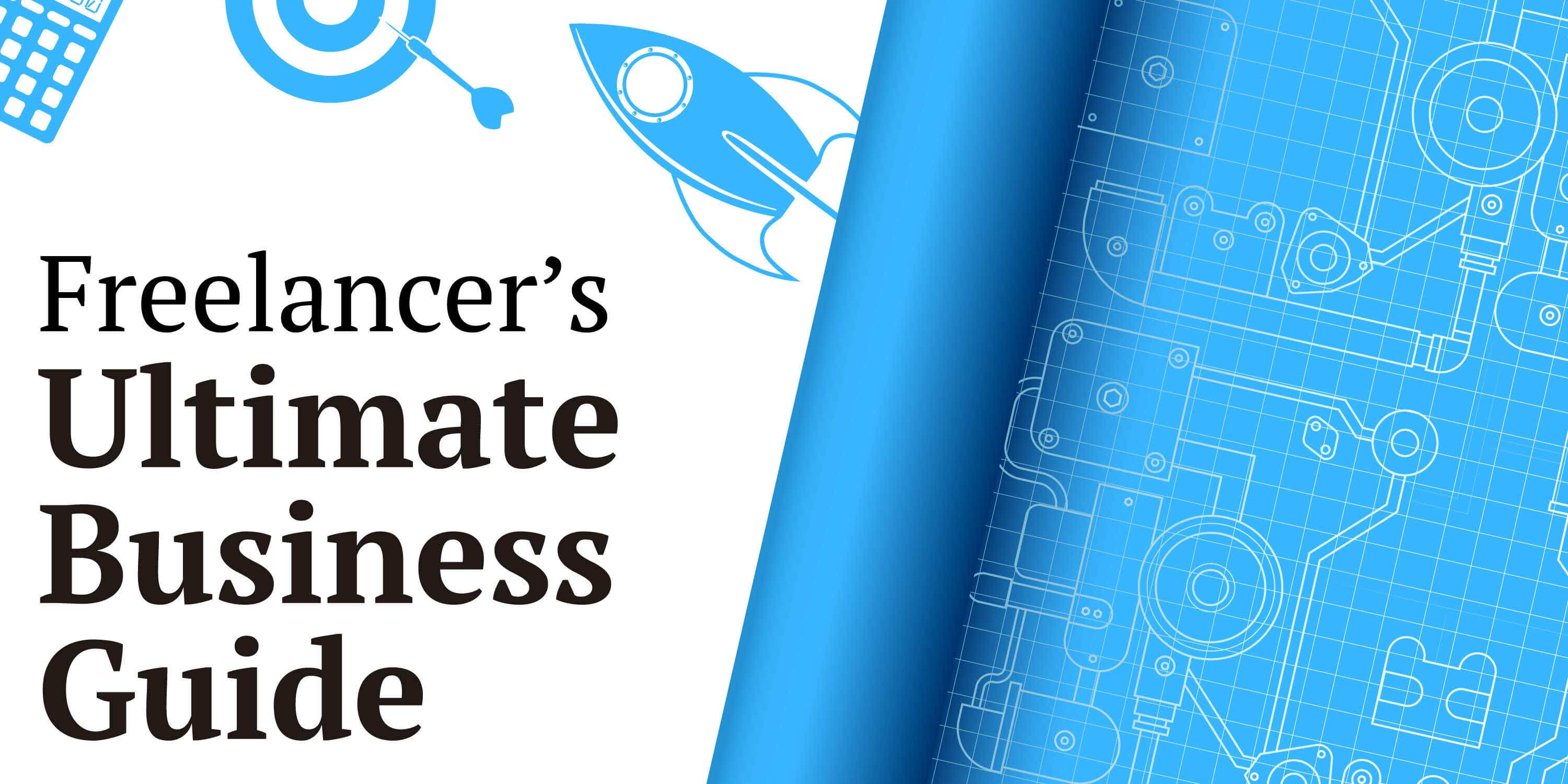
Our ultimate guide will help you write a business plan investors will be ripping out of your hands. Learn how to expertly craft each section of it.
22 min read

The secret to a winning website design is a winning brand identity. We show you how to create one
9 min read
Thanks! We’ve emailed you a link to claim your free credit.
Something went wrong while sending your email. Please try again.
Loading preview
Permission granted for Geolocation.
Your login session has expired and you have been logged out. Please log in again.



























